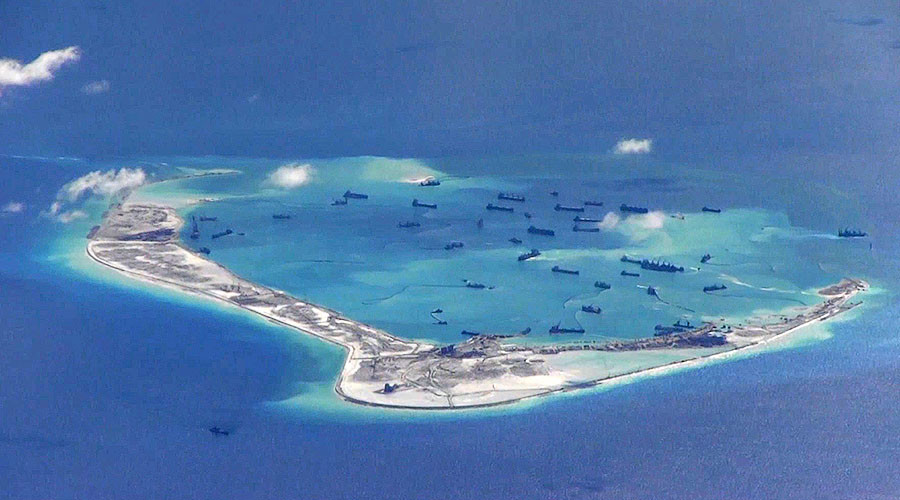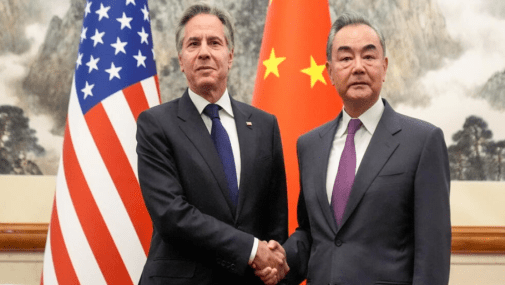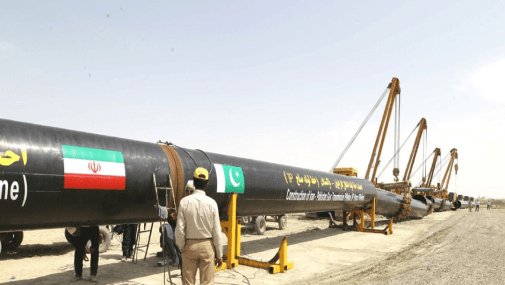US asserts Freedom of Navigation Rights
March 17, 2019 | Expert Insights

The US continues freedom of navigation missions in order to ensure China does not upset the status quo of the South China Sea. The flying of the nuclear-capable B-52 bomber is in response to increased Chinese military activity in the area.
Background
Customary international law is a primary source of such law, where, in principle, the law is accepted as custom through the general practices of states and domestic ratification. Freedom of Navigation is one such customary international law where ships displaying the flag of a sovereign state shall not suffer inference from other states. The implementation of such is currently codified within the United Nations Convention on the Law of the Sea (UNCLOS), defining exclusive economic zones and territorial waters of a nation. The proliferation of commercial aviation led to a similar customary international law with the adoption of the Convention on International Civil Aviation in 1944. It includes the right to fly over any foreign country, and international airspace.
The South China Sea is at the heart of a territorial dispute between China, the United States, and many Southeast Asian nations. The US has maintained that region is a part of the international waters and airspace. The South China Sea includes key sea lanes for shipping routes, with over US$5.3 trillion worth of trade passing through the region. In addition, the region holds oil and natural gas reserves. The territory also contains minerals such as titaniferous magnetite, zircon, monazite, tin, gold, and chromite.
In the past, China has backed its claims with island-building and naval patrols. The United States says it does not take sides in territorial disputes but has sent military ships and planes near disputed islands, calling them “freedom of navigation” operations to ensure access to key shipping and air routes.
Analysis
On March 13, 2019, The US flew two B-52H Stratofortress bombers near contested islands in the South China Sea. The Pacific Air Forces (PACAF) stated that the nuclear-capable bomber had taken off from Anderson Air Force Base in Guam and had “conducted routine training in the vicinity of the South China Sea.” The statement added that “US aircraft regularly operate in the South China Sea in support of allies, partners, and a free and open Indo-Pacific.”
The US has maintained a bomber presence in Guam since 2004 as a part of its “continuous bomber presence,” rotating the B-1, B-52, and B-2 long-range bombers. The March 13 operation is the second such mission in 10 days. Prior to the March 3 mission, the last flight involving a nuclear-capable B-52 over the South China Sea was in November 2018.
In a similar vein to the US Navy’s “freedom of navigation” operations where it sailed warships close to disputed islands in the South China Sea, the US Air Force seeks to uphold the international nature of the airspace in the region. On March 7, 2019, the commander of the US Indo-Pacific Command, Admiral Philip Davidson said that the US had observed an increase in Chinese military activity in the South China Sea in recent months.
Chinese claims to territorial sovereignty beyond the scope of what is permitted by international customary law are resisted by the US. The American response is aimed at preventing China from creating a fait accompli that could restrict large parts of the South China Sea. Note that American policy to involve itself in sovereignty disputes stands independent to assertions of freedom of navigation.
The US has yet to ratify certain major conventions, including UNCLOS, removing an element of legitimacy from its assertions. This means that the US cannot take China to the International Tribunal for the Law of the Sea over its attempts to convert reefs into islands in order to claim exclusive rights. Simultaneously, China’s ratification of UNCLOS and US accession to the same by customary adoption requires that both parties maintain their adherence.
Assessment
Our assessment is that so long as China continues its current policies in the South China Sea, the US is likely to continue its freedom of navigation missions. We believe that these missions provide both parties with tools in balancing the power of the other, especially when seen in the light of their position as the world’s two largest economic powerhouses.








Comments